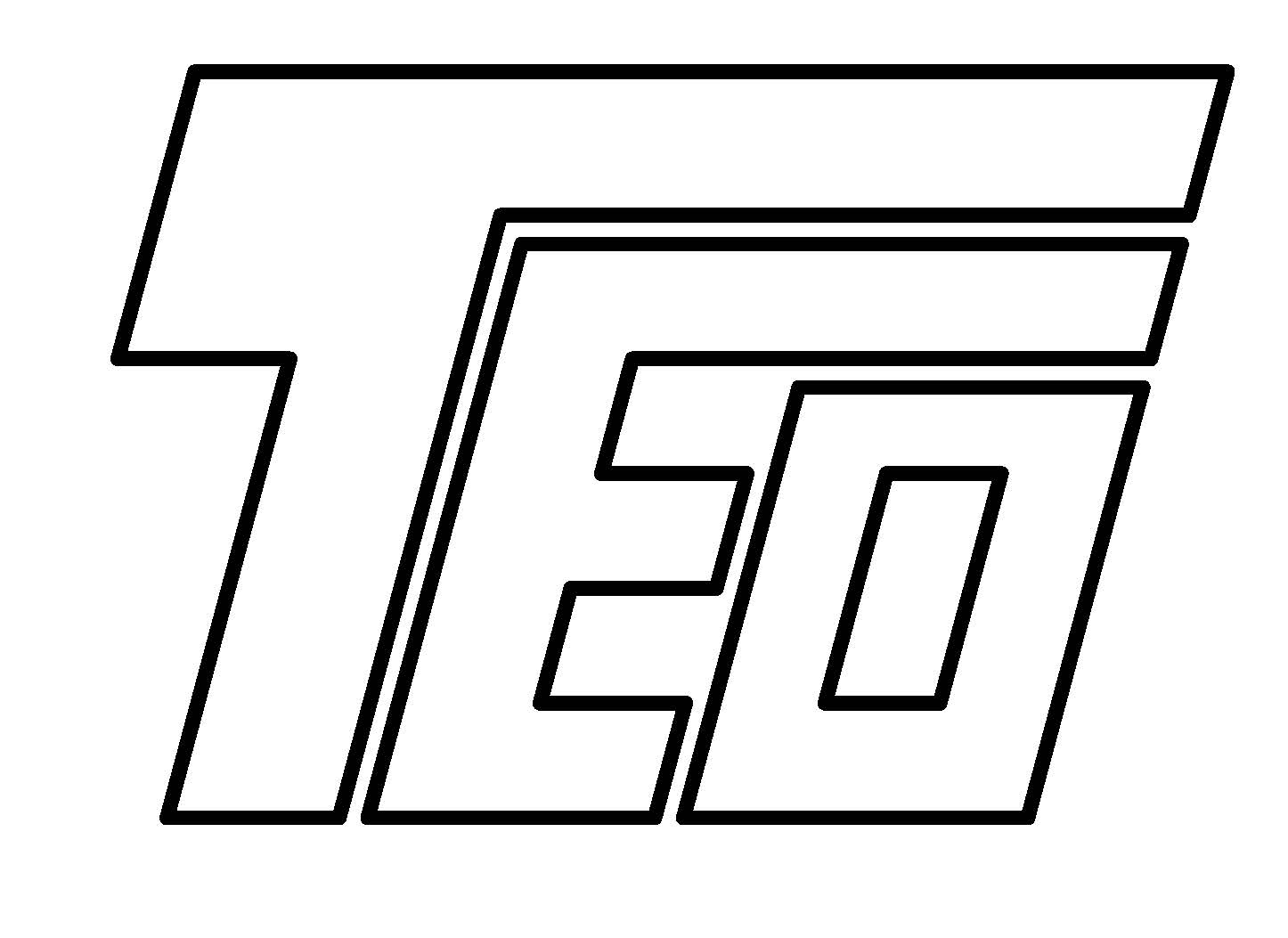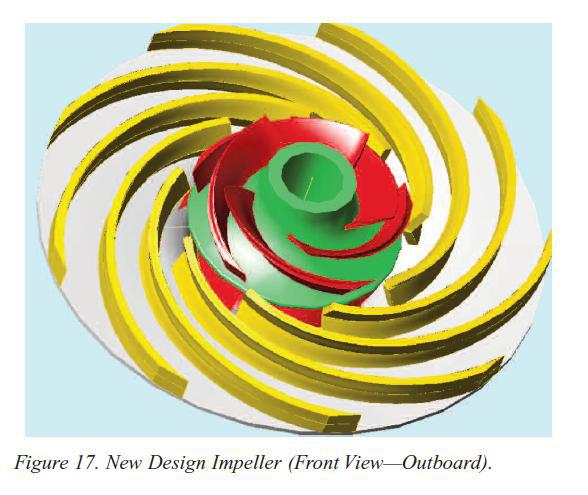Using integrated solutions as
market-shaping/market-driving strategy in oil industry
Part 2
استفاده از "راه حل یکپارچه" به عنوان استراتژی شکل دهنده بازار و هدایت کننده بازار در صنعت نفت
بخش دوم
لینک قبلی ( بخش 1)
In this report literature review has two main branches;
strategy-related literature and marketing-related literature. In
strategy-related part, uncertainty and its importance in new era are discussed
while incompetency of traditional strategy making approaches are criticized and
new approaches of strategy making more suitable for highly uncertain
environments –including market-shaping strategy- are presented. Since this study is not about
any particular and specific company the discussions about strategy can be considered
as “a dialogue to build prepared minds”. In marketing-related part literature
concerning to the objectives of this study are reviewed; CRM in B2B context,
service-dominant logic and last but not least orientation to market with focus
on market-driving approach which can be said is to review market-shaping
strategy from marketing point of view. The other important point of literature
review in this report is to prepare the minds of readers that: “The world has
changed so should the way of thinking about it”
Strategy has its roots in military, the word strategy stems
from the Greek term “Strategia” which
means “generalship” (Grant, 2010).
Though, the Greeks were not the first originators of the strategy concept and
it was Sun Tzu who portrayed the essentials of strategy in his great work “The
Art of War” in 500BC. His book is considered as the first text on strategy in
which he portrayed the essentials of strategy in ten principles (Grant, 2010) (Krause, 2004).
As Mintzberg states,
the concept of strategy cannot be described in a single definition and he
proposes five definitions (Mintzberg (a), 1987).
Strategy schools are divided into two main branches from the “approach to
strategy making” point of view, rational school; the followers of this school
–which is also called prescriptive or design school- believe in formal planning
and rational decisions of the organizations’ mangers (Mintzberg et al, 1998).
Their main objective is to clarify how strategies should be formulated. The
other branch is process school- which is also called behavioral or incremental
school- based on the creators of this school strategy making is a process in
which companies –specifically managers and people involved in strategy making-
learn from the feedback of their decisions and their success or failure and it
is more like a gradual trial and error course. In a more detailed study Mintzberg
introduced ten schools of thought in a comprehensive manner (Mintzberg et
al, 1998).
لینک ادامه مطلب
References:
Grant, R. (2010). Strategy. Chichester: John
Wiley & Sons.
Krause, D. (2004). The Art of War for Executives .
London: Nicholas Brealey.
منابع زیر از این پژوهش را می توانید با کلیک بر روی لینک های زیر دریافت کنید
Mintzberg (a). (1987). The Strategy Concept I: Five Ps
for Strategy. California Management Review, 11-24.
Mintzberg et al. (1998). Strategy Safari: A Guided
Tour Trough the Wilds of Strategic Management", Bruce Ahlstrand, and
Joseph Lampel, 1998. New York: The Free Press.
![]() Vibration Field Problem Resolved with Analytical Diagnostics Approach and Innovative Impeller Design
Vibration Field Problem Resolved with Analytical Diagnostics Approach and Innovative Impeller Design



